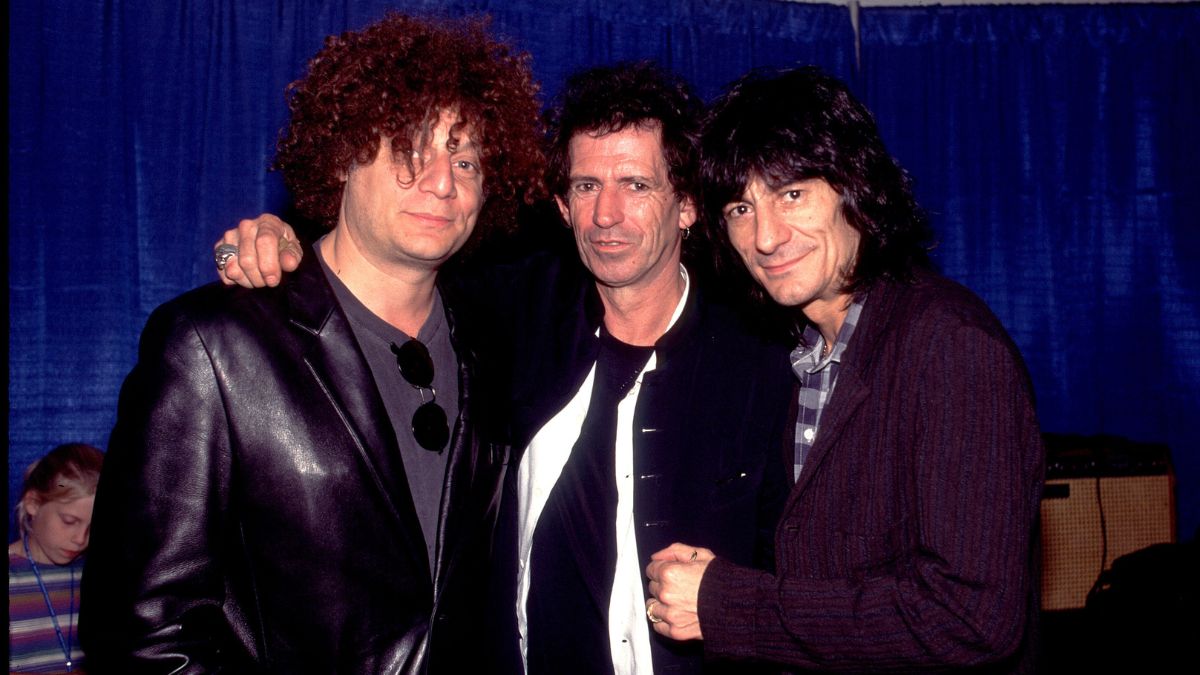How to add warmth to digital amp modelers: 5 must-try tricks for introducing presence, thickness and sparkle to your signal chain
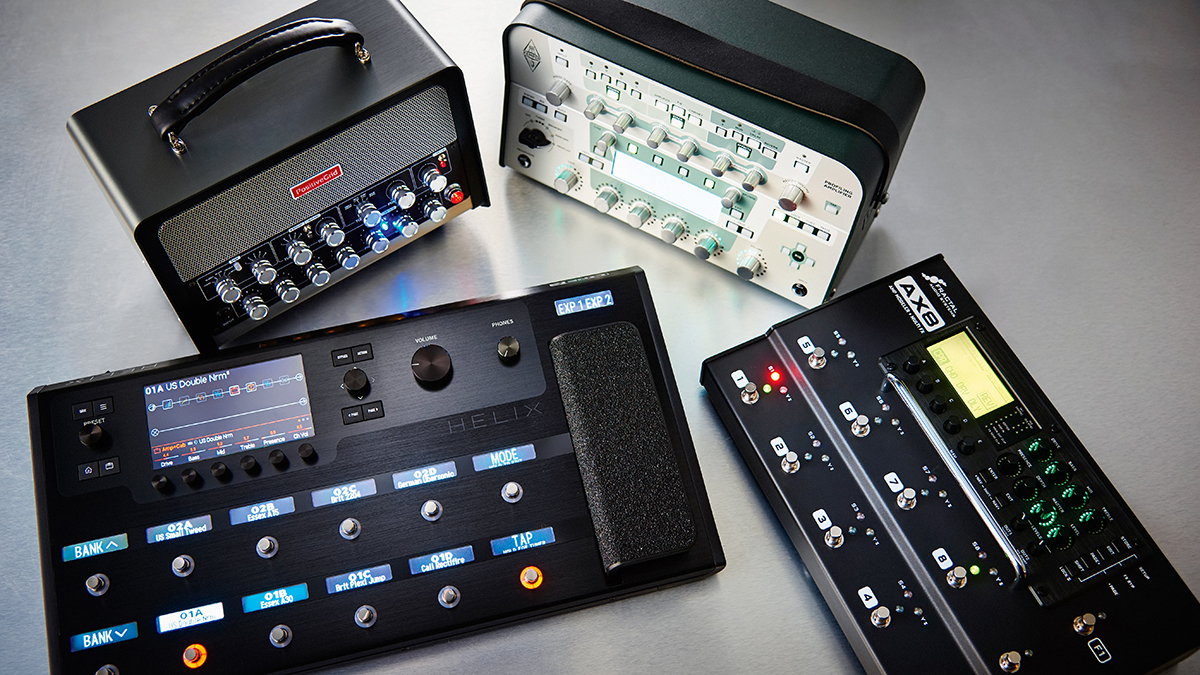
Digital amp modelers are the future of live rigs. With the press of a footswitch, a fuzz-through-Marshall tone can seamlessly transform into a chorus-drenched Fender clean. The once-impossible task of swapping physical amps and pedalboards mid-song can now be effortlessly executed at the guitarist's command.
However, one of the critiques lodged against digital units is the challenge of achieving the same sonic thickness and presence associated with valve amps. The subtle nuances, harmonic richness and sheer organic feel of analog circuitry is hard to mimic in the digital realm.
There's a certain magic that comes from tubes humming and the warmth that saturates the sound – a magic that, some argue, digital technology has yet to fully capture.
In 2018, I welcomed the Kemper Profiler PowerHead into my arsenal, accompanied by its remote footswitch. It promised infinite tonal possibility for both my home recording setup and live ventures.
With the flick of a switch, I could summon any amp sound my heart desired, providing grunge and shoegaze tones for my rock band and instant interchange for function gigs where versatility is key.
Yet, as any gigging musician knows, the road is fraught with challenges, especially in the intimate confines of small venues or those cursed with lackluster on-stage monitoring. Unpredictable live sound equipment led to discomfort and struggles for both myself and fellow bandmates, threatening the immersive joy of live performance.
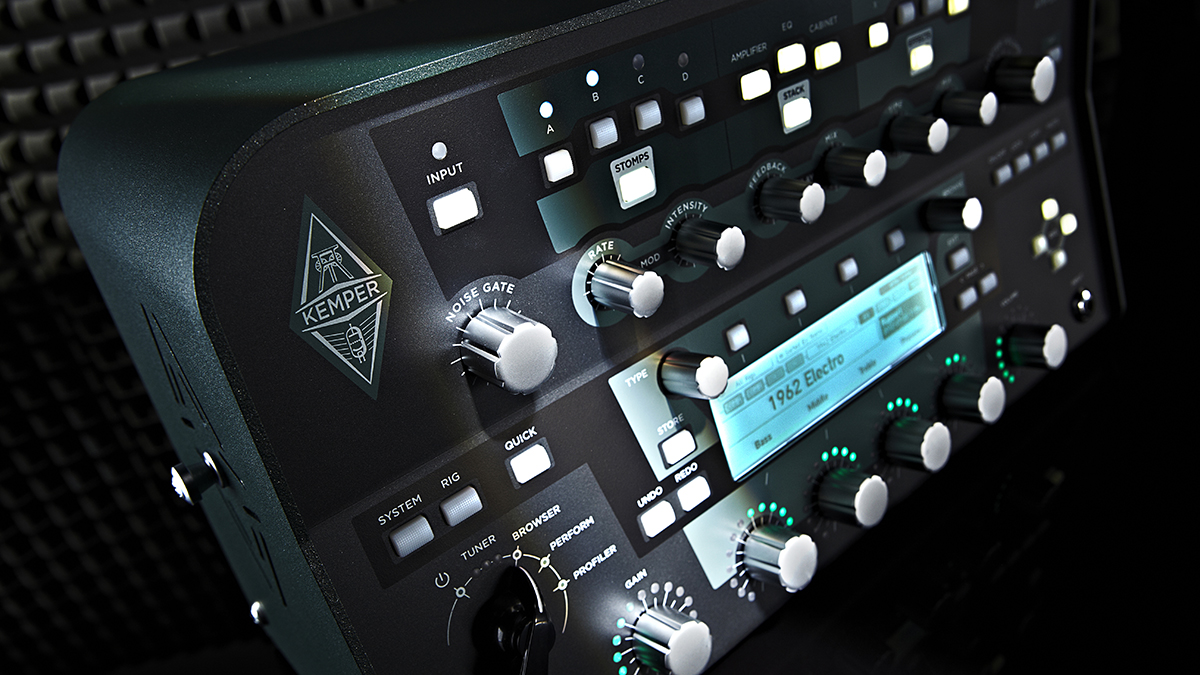
My initial response was to introduce my thunderous Zilla 2x12 cabinet to the rig. When uncertainties loomed regarding on-stage monitoring, I chose to send the powered output of the Kemper into the cabinet acting as a reliable on-stage monitor, ensuring I heard every nuance of my meticulously programmed tones and was able to accurately tweak them on the fly.
All the latest guitar news, interviews, lessons, reviews, deals and more, direct to your inbox!
As my journey with the Kemper Profiler unfolded, a curious case of tone envy emerged. Standing next to my bandmate (who wielded a Telecaster into a Marshall JTM45 and a 2x12) I couldn't shake the feeling that his sonic presence held an undeniable strength that resonated throughout the room.
Despite both of us channeling our signals through a 2x12, his tone possessed greater presence and thickness. Notably, his pedalboard effects had better definition, his drive tones were superior, and his spatial effects boasted a heightened clarity.
Determined to bridge this tonal gap, I experimented with the HeadRush Pedalboard, Line 6 Helix, and Neural DSP Quad Cortex, each introducing subtle variations. Alas, the lingering sense of tonal limitation persisted in my mind.
It became evident the quest for a powerful in-room sound, especially in the intimate spaces that defined our gigging experiences, required a nuanced approach.
After six years of trial and error, I have compiled a collection of tips and tricks you can use to help infuse extra presence, thickness, and sparkle into your digital amp unit's signal chain.
1. Use a clean boost
Kicking things off with an unsung hero: the clean boost. Pedals like the Xotic AC and RC Booster inject analog warmth and presence into your dry guitar signal. Similarly, preamp pedals add gain staging and tonal sculpting at the very front end. Pedals like the Kingsley Page and Blackstar Dept. 10 incorporate tubes into their circuits, adding breakup to the signal before it hits the digital amp.
By using these pedals as subtle tone warmers and leaving them on permanently, they will add analog heat, getting your input signal purring before it hits the digital unit.
2. Don't ditch analog drives
When it comes to adding grit and dirt to your sound, analog drive, distortion and fuzz pedals are still my favorite. Swap out your digital drives for analog circuitry, and you may feel your guitar respond with enhanced dynamics.
When it comes to fuzz, your digital amp unit probably offers plenty of options. However, there's nothing quite like the organic sound of a guitar ringing into an analog fuzz’s clipping diodes. The note clarity in chords, the harmonic richness in single notes... there's an analog warmth over digital emulations, in my opinion.
3. Pair your pedalboard with a (portable) power amp
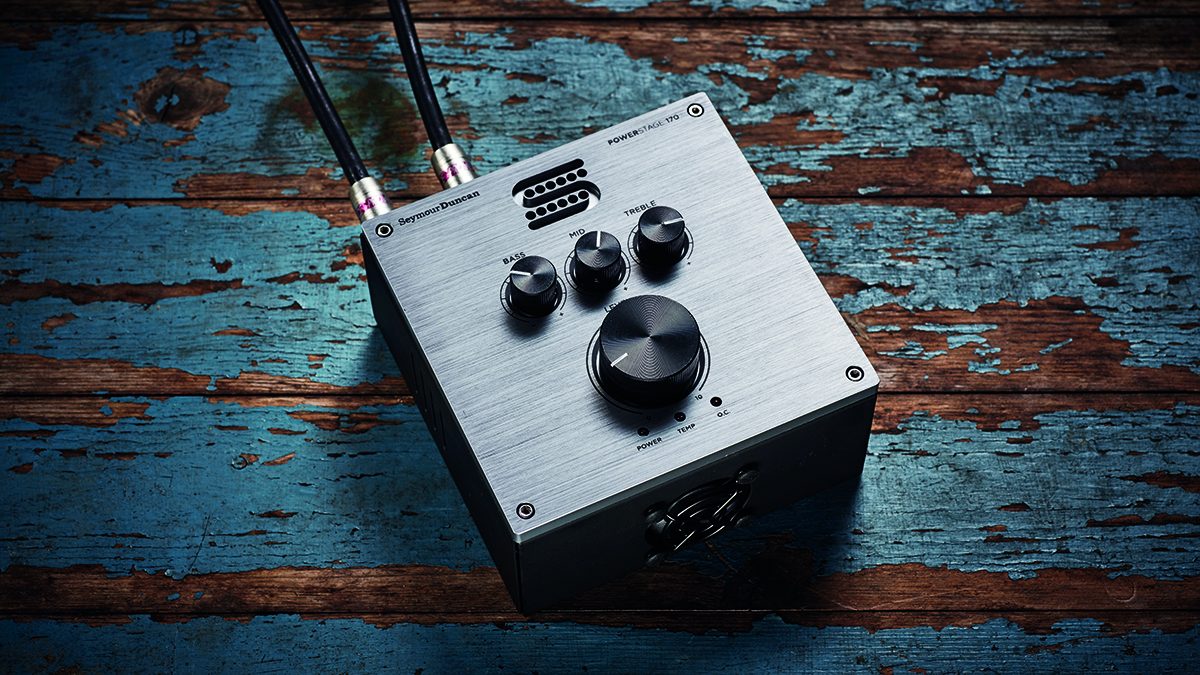
As your signal exits the digital amp, it craves the power to reach the masses. A power amp will boost the signal level between your digital unit and the speaker cabinet. The addition of a power amp introduces further subtle color, adding another layer of tonal consideration to the signal chain.
Many valve amps have an FX loop which acts as an insert for your signal that will bypass the tone-defining preamp stage. If you have an amp with an FX loop, try sending your digital amp through it and hear the results for yourself.
If portability is your goal, connecting a digital amp to a weighty tube amp might counteract that objective. Nevertheless, there are compact and lightweight solid-state power amp alternatives, such as the Orange Pedal Baby and Seymour Duncan PowerStage. These options will boost your signal to seamlessly integrate with a speaker cabinet of your choice.
4. Experiment with signal routing
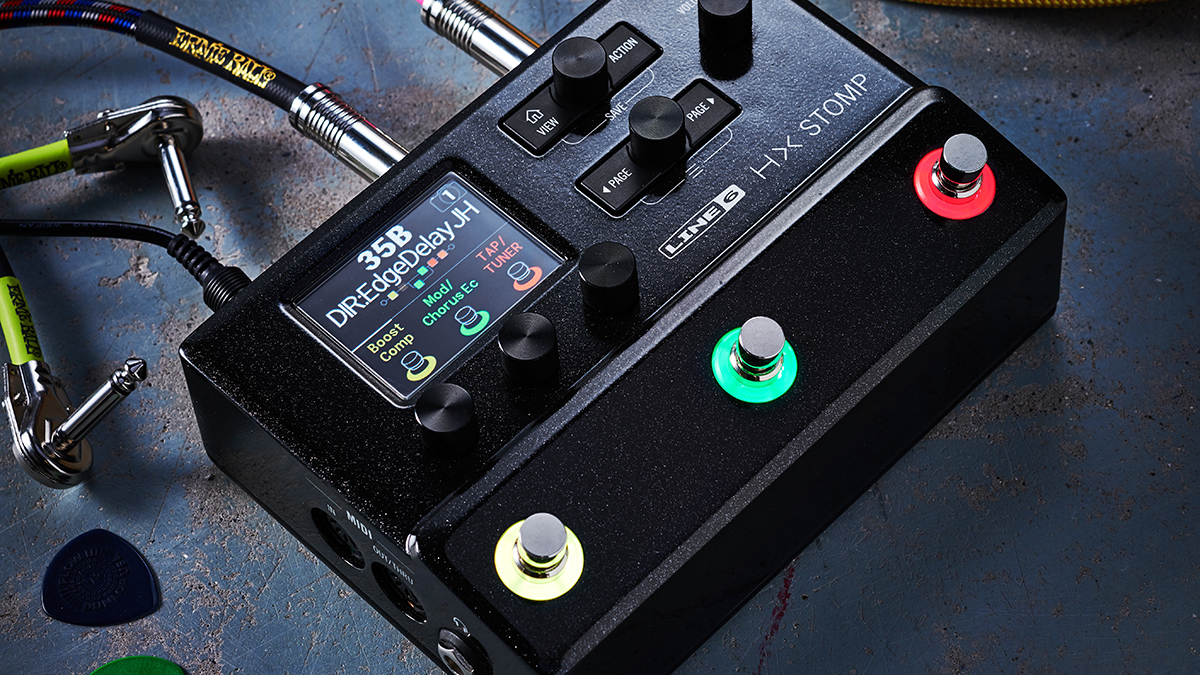
Digital amp units provide alternate routing options called parallel paths to split the signal through multiple processing chains. In most traditional rigs, a guitar signal will run in series, passing through all the pedals in order and then arriving at the amp input. By introducing parallel signal paths, two effect chains can process the signal simultaneously, or split dry and wet signals to travel in tandem.
In the realm of dense, reverb-soaked rigs, parallel routing techniques can work wonders to maintain the attack of plucked notes and strummed chords. A parallel wet channel can be volume-controlled with an expression pedal, allowing you to accentuate or attenuate wet signals musically and in real time.
Dry/wet parallel paths not only declutter your dry signal from decaying spatial tails but also provide room for the tones to breathe independently. Each signal path can be sent to individual outputs and through separate speakers or channels on the sound engineer's desk.
5. Compression, compression, compression
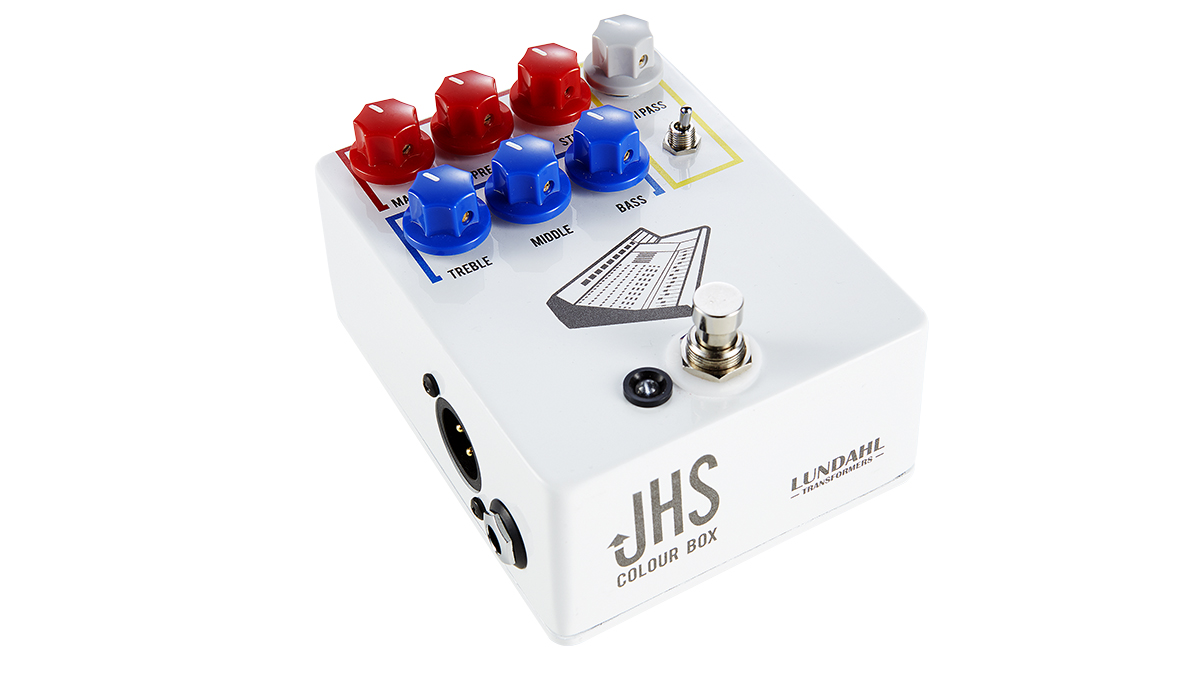
It's likely that every iconic guitar tone has experienced compression somewhere in the signal chain. Whether it's a guitarist's intentional use of a pedal in front of the amp or a producer's post-amp processing through premium outboard compressor units, compression almost always plays a part.
For a starting point, delve into the compressor options on the amp modeler to add that extra layer of control and color to your tone's dynamic range.
Delve into the compressor options on the amp modeler to add that extra layer of control and color to your tone's dynamic range
Taking inspiration from the studio world, the UAFX Max Preamp and Compressor Pedal encourages exploration post-amp. While unconventional in guitar rigs, these compressor and preamp pedals often find their place at the end of synthesizer and drum machine signal chains, to glue and enhance the overall impact upon output.
For a touch more of studio warmth, consider integrating a pedal like the JHS Colour Box, a Neve studio console in a pedal, into your signal chain. Although traditionally positioned before your digital amp for that classic DI-into-console character, it can also heat up your signal after the digital amp and cab sim.
Joe is a freelance writer with an affinity for all things noisy, and loves offset Fenders, Stratocasters, and hollowbodies. He plays jazz and improv residencies and is part of UK grunge outfit IOTA. Alongside his playing, Joe harbors an interest in production and sound design, which propeled him into specialized marketing, interviews, and blog content for electronic music outlets and developers like Slate + Ash. When not merging his love for the guitar with music journalism, Joe succumbs to his fuzz-tone addiction and continually expands his collection of music gear.

